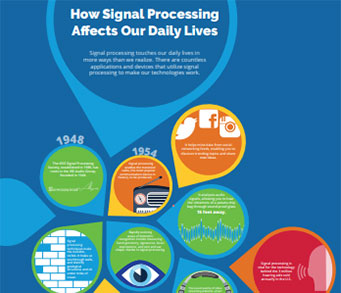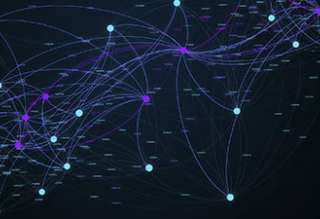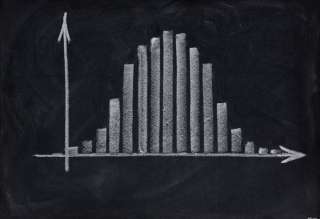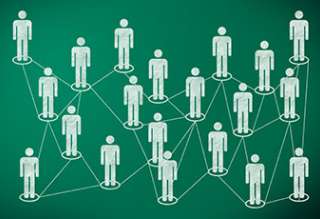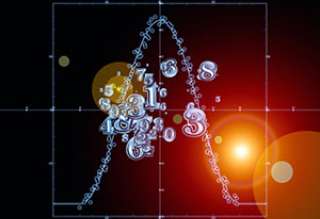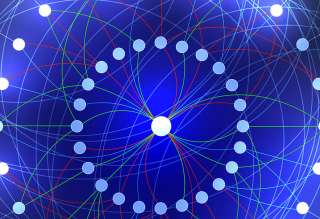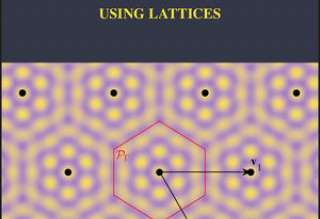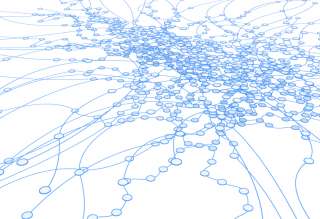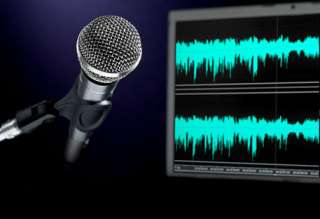SPS Feed
Top Reasons to Join SPS Today!
1. IEEE Signal Processing Magazine
2. Signal Processing Digital Library*
3. Inside Signal Processing Newsletter
4. SPS Resource Center
5. Career advancement & recognition
6. Discounts on conferences and publications
7. Professional networking
8. Communities for students, young professionals, and women
9. Volunteer opportunities
10. Coming soon! PDH/CEU credits
Click here to learn more.
The Latest News, Articles, and Events in Signal Processing
In Part 1 of this "Lecture Notes" article [1], we introduced a modern perspective on the standard tools for power system analysis-the Clarke and related transforms-through the lens of data analytics. We also indicated their limitations when dealing with unbalanced power system conditions.
The scientific world is becoming more open to the public and fellow researchers. Open access publishing is becoming accepted, even if some publishers are resisting. The next step is the open code and data paradigm, which was briefly discussed in the "From the Editor" column...
In today's era of the Internet of Things (IoT), the amalgamation of information and communication technologies with actuating devices has reached all corners of the modern world. In the context of critical infrastructures, such as the power grid, this cyberphysical transformation has permeated all system levels as evident in devices ranging from crucial operational components (e.g., generators) and advanced sensors...
It is an amazing sign of the times when the youth across many nations are uniting in their will to raise awareness about the perils of global warming and the need for immediate action.
The cellular industry has just reached another milestone with the development of 5G wireless communication technology. While research in 5G is a core part of the Signal Processing for Communications and Networking (SPCOM) technical committee, it may also be found in several other technical areas.
Situation-aware technologies enabled by multitarget tracking algorithms will create new services and applications in emerging fields such as autonomous navigation and maritime surveillance. The system models underlying multitarget tracking algorithms often involve unknown parameters that are potentially time-varying.
Standard interpolation techniques are implicitly based on the assumption that the signal lies on a single homogeneous domain. In contrast, many naturally occurring signals lie on an inhomogeneous domain, such as brain activity associated to different brain tissue. We propose an interpolation method that instead exploits prior information about domain inhomogeneity, characterized by different, potentially overlapping, subdomains.
Pages
SPS Social Media
- IEEE SPS Facebook Page https://www.facebook.com/ieeeSPS
- IEEE SPS X Page https://x.com/IEEEsps
- IEEE SPS Instagram Page https://www.instagram.com/ieeesps/?hl=en
- IEEE SPS LinkedIn Page https://www.linkedin.com/company/ieeesps/
- IEEE SPS YouTube Channel https://www.youtube.com/ieeeSPS




